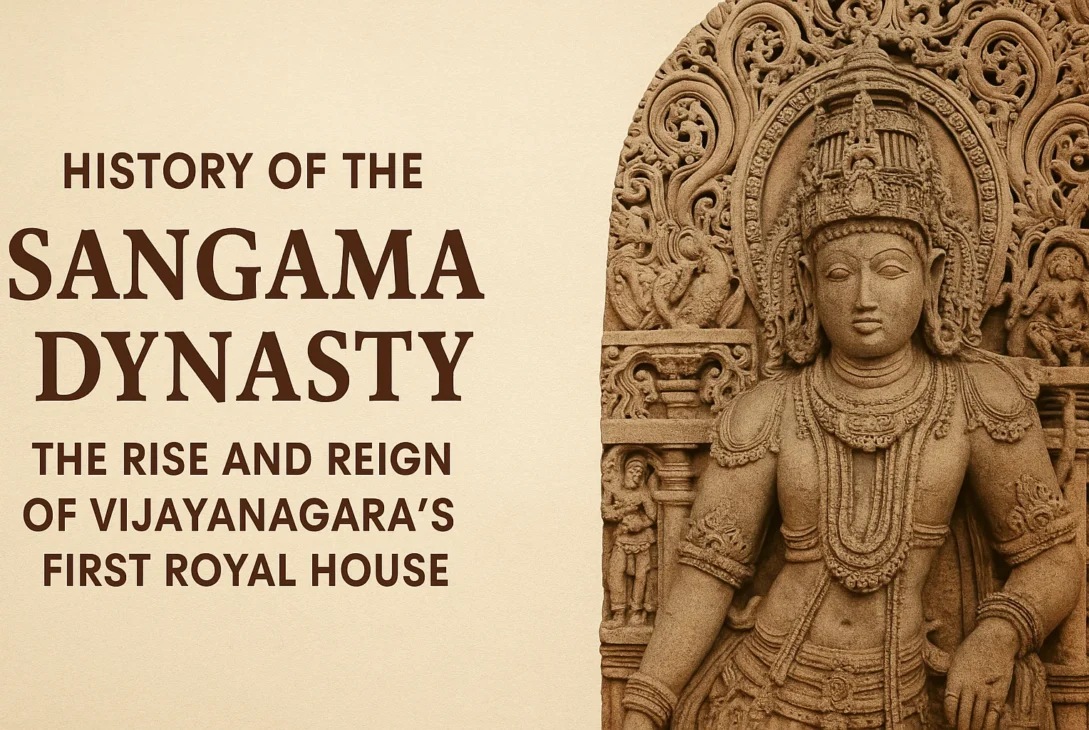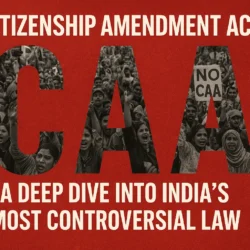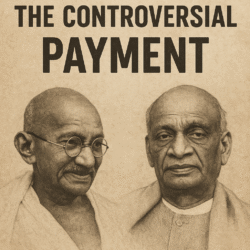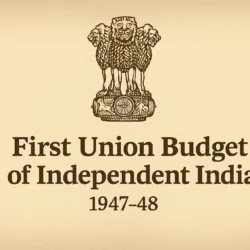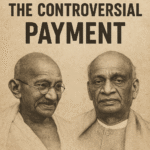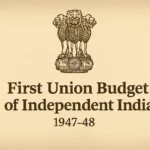The Sangama Dynasty laid the foundation for the legendary Vijayanagara Empire in South India. Spanning from 1336 to 1485 AD, this dynasty emerged during a turbulent period of Islamic invasions, collapsing Hindu kingdoms, and a desperate need for political unity and cultural revival. Founded by Harihara I and later ruled by prominent kings like Bukka I, Harihara II, Devaraya I, and Immadi Devaraya, the Sangama dynasty built a powerful Hindu empire that became a beacon of resistance and a flourishing center for art, religion, and governance.
Harihara I, also known as Hariappa Wodeyar, was the son of Sangama and the founder of the Sangama Dynasty. He initially ruled a small territory with Anegondi as his capital, which was surrounded by Hoysala territories. Despite the initial dominance of the Hoysalas under Veeraballa III, Harihara gradually rose to power.
Key Achievements:
- On the advice of Vidyaranya, Harihara shifted his capital from Anegondi to a safer, more strategic location near the Virupaksha Temple, founding Vijayanagara (also called Vidyanagar).
- Strengthened old forts like Badami and made Udayagiri the eastern administrative center.
- Delegated key positions: Kampana (his brother) in Udayagiri, and Bukka (his other brother) in Gooti.
- Seized the Penukonda fort from the Hoysalas during a territorial conflict.
- In 1346 AD, with the Hoysala Empire weakened, Vijayanagara absorbed their territories. This marked a formal rise of Vijayanagara as a powerful independent state.
Administrative and Cultural Reforms
- Encouraged agriculture by leasing newly cultivated lands.
- Divided his empire into sthalas, nadu, seime, and possibly mandalas.
- Replaced traditional village accountants (goldsmiths) with Brahmins.
- Employed trusted ministers like Madhava from the Sayana or Angirasa gotra.
Bukka I (1356–1377 AD): The True Builder of the Empire
With Harihara I having no heirs, Bukka I succeeded him. Known by various titles like Hinduraya Suratrana and Purva-Paschima Samudradhipati, Bukka is regarded as the real architect of the Vijayanagara Empire.
Key Contributions:
- Appointed sons as provincial governors (Mandaleshwaras) in regions such as Udayagiri, Mulabagilu, Penukonda, and Araga.
- Conquered the Tamil country by defeating the Shambuvarayas and extending the empire’s reach.
- Fought the Bahmani kingdom, especially during Muhammad Shah I’s reign, gaining the Doab region between the Krishna and Tungabhadra rivers.
- Defeated the Reddys of Kondaveedu and annexed Ahobalam and Vinukonda.
Restoration of Hindu Dharma:
- Ended the brutal rule of the Sultanate of Madurai under his son Kumara Kampana.
- Restored and rebuilt temples at Srirangam and Madurai, and reinstalled Hindu deities.
- Supported scholars and poets, including Gangadevi, who authored Madhura Vijayam, describing Kampana’s victories.
Religious and Cultural Patronage:
- Supported all religions, including Vaishnavism, Jainism, and Islam, showing a rare religious tolerance for the time.
- Patronized Vedic revivalism, supported Sayanacharya, and encouraged the writing of Vedic commentaries.
- Supported Telugu poet Natana Soma and respected Jain ministers like Basavayya Dannayaka.
Harihara II (1377–1404 AD): Defender of the Empire
Immadi Harihara, also known as Veera Harihara, succeeded Bukka I. Despite facing rebellions in Tamil Nadu and Konkan, he managed to suppress them with his son Virupaksha’s help.
Key Events:
- Defeated the Bahmani Sultan Mujahid Shah, who had demanded the Tungabhadra river as the southern border.
- Expanded the empire’s territory to the western coast by capturing Goa and other Konkan ports.
- Attempted conquest of eastern coasts like the Reddy kingdom and engaged in battle with Velamas and Bahmanis.
- His forces, led by Immadi Bukka, penetrated Orangal and defeated the Muslim cavalry.
End of Reign:
- His last years were peaceful.
- Died on August 31, 1404, as per inscriptions.
- His sons ruled various provinces: Virupaksha in Tamil Nadu, Immadi Bukka in Hoysala territory, and Devaraya I in Udayagiri.
Devaraya I (1406–1422 AD): Warrior and Visionary
Devaraya I took the throne in 1406 AD and faced the Bahmani threat under Sultan Firoz Shah.
Military Campaigns:
- Fought against Bahmani-Condaveedu alliance; ultimately forced to make peace by giving up Bankapur and allegedly offering his daughter in marriage (disputed).
- Defended eastern territories against Kondaveedu Reddys.
- Pushed back Bahmani forces at Panagal, a critical region.
Infrastructure and Administration:
- Constructed dams on the Tungabhadra and expanded Vijayanagara city.
- Modernized the army by importing horses and recruiting foreign soldiers.
- Reformed cavalry systems and ensured self-reliance in military supplies.
Religious and Cultural Patronage:
- A devout Shaivite, he built temples and sponsored scholars.
- Hosted travelers like Niccolò Conti, whose accounts detail Vijayanagara’s grandeur.
Veera Vijaya Raya and Immadi Devaraya (1422–1446 AD)
After Devaraya I’s death, his less capable son Veera Vijaya Raya briefly ruled before Immadi Devaraya (also known as Pruthvi Devaraya) took over.
Immadi Devaraya’s Highlights:
- Defeated the Gajapati king of Orissa and protected Rajamahendri.
- Fought several wars against the Bahmanis, notably under Alauddin II.
- Faced betrayal and an assassination attempt by his brother during a banquet, yet survived.
Cultural Contributions:
- Patron of Kannada and Telugu poets, including Srinatha, Kumaravyasa, and Chamarasa.
- Authored Mahanataka Sudhanidhi, a treatise on the Brahma Sutras.
- Built temples like Hazararama and Vittala Temple in Hampi.
- Kept a Quran before his throne, signifying religious tolerance.
Mallikarjuna (1446–1465 AD): A Period of Decline
Mallikarjuna, also known as Mummadi Devaraya, ruled after Immadi Devaraya.
- Initially repelled joint invasions from the Bahmani and Gajapati forces.
- However, later lost critical strongholds like Kondaveedu and Udayagiri to Gajapati’s son, Kumara Hamvira.
- His failure marked a weakening of imperial power.
His failure marked a weakening of imperial power.
Virupaksha II and Prudhadevaraya (1465–1485 AD): The Fall of the Sangama Dynasty
Virupaksha II was ineffective, and local chieftains ignored his authority.
- Lost Goa and western ports to the Bahmani Sultanate, severely damaging trade.
- Failed to recapture key territories despite two expeditions.
Saluva Narasimha’s Rise:
- Saluva Narasimha, a powerful commander and ruler of Chandragiri, emerged as a savior.
- After deposing Prudhadevaraya (Virupaksha’s son), who had become king following a palace murder, Narasimha captured the capital and declared himself king.
- Thus ended the Sangama Dynasty, giving rise to the Saluva Dynasty in 1485 AD.
Legacy of the Sangama Dynasty
The Sangama rulers transformed Vijayanagara into a political, cultural, and religious center. They:
- Resisted Islamic invasions and preserved Sanatana Dharma.
- Rebuilt destroyed temples, supported literature, and maintained administrative integrity.
- Maintained religious tolerance, offering protection to Jains, Muslims, and Christians.
- Promoted regional languages like Kannada, Telugu, and Tamil.
The dynasty’s downfall was not due to a lack of valor, but rather to internal strife and leadership failure in later years. Yet, the foundations they laid would be carried forward by the Saluvas and Tuluvas, ultimately leading to the golden age under Krishnadevaraya.
